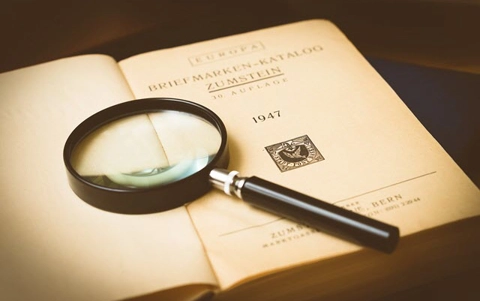Book analysis with AI techniques
This learning sequence explores text analysis through Natural Language Processing, a significant application of Artificial Intelligence. Teachers and students are led through a series of video tutorials to develop a Python program that can break down and analyse the content of a complete text and use smart sentiment analysis to attempt to determine the villain(s) and hero(s).
Additional details
| Year band(s) | 7-8, 9-10 |
|---|---|
| Content type | Lesson ideas, Course or tutorial |
| Format | Web page |
| Core and overarching concepts | Specification (decomposing problems), Computational thinking, Implementation (programming) |
| Australian Curriculum Digital Technologies code(s) |
AC9TDI8P02
Analyse and visualise data using a range of software, including spreadsheets and databases, to draw conclusions and make predictions by identifying trends
AC9TDI8P04
Define and decompose real-world problems with design criteria and by creating user stories
AC9TDI8P07
Design the user experience of a digital system
AC9TDI8P08
Generate, modify, communicate and evaluate alternative designs
AC9TDI8P05
Design algorithms involving nested control structures and represent them using flowcharts and pseudocode
AC9TDI8P06
Trace algorithms to predict output for a given input and to identify errors
AC9TDI10P02
Analyse and visualise data interactively using a range of software, including spreadsheets and databases, to draw conclusions and make predictions by identifying trends and outliers
AC9TDI10P04
Define and decompose real-world problems with design criteria and by interviewing stakeholders to create user stories
AC9TDI10P07
Design and prototype the user experience of a digital system
AC9TDI10P10
Evaluate existing and student solutions against the design criteria, user stories, possible future impact and opportunities for enterprise
AC9TDI10P05
Design algorithms involving logical operators and represent them as flowcharts and pseudocode
AC9TDI10P09
Implement, modify and debug modular programs, applying selected algorithms and data structures, including in an object-oriented programming language |
| Technologies & Programming Languages | Artificial Intelligence, Python |
| Keywords | Programming, Coding, Data representation, Jason Vearing, Nathan Alison, Python, flowchart, variables, loops, Chatbot |
| Integrated, cross-curriculum, special needs | English |
| Organisation | ESA |
| Copyright | Creative Commons Attribution 4.0, unless otherwise indicated. |
Related resources
-
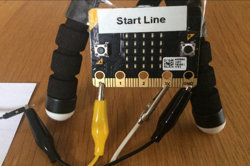
Creating a digital start line and finish line with micro:bits (Years 7-8)
The following activity suggests one-way Digital Technologies could be integrated into a unit where vehicles are being designed and produced.
-
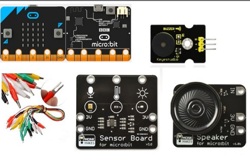
Classroom ideas: Micro:bit Environmental Measurement (visual and general-purpose programming) (Years 5-8)
Investigating environmental data with Micro:bits: This tutorial shows the coding needed for digital solutions of some environmental issues that can be created using pseudocode and visual programming.
-

Home automation: General purpose programming
Investigate home automation systems, including those powered by artificial intelligence (AI) with speech recognition capability.
-
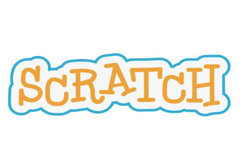
ScratchEd
ScratchEd is an online community for Scratch educators.
-
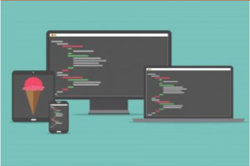
Coding in the Classroom
Through this website, educators can explore and share resources and strategies to teach coding.
-
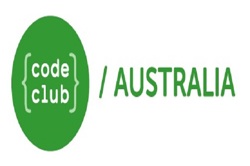
Code Club Australia
Code Club Australia provides project materials and student friendly step-by-step tutorials aligned with the Australian Digital Technologies Curriculum. This site allows teachers and club leaders to connect with a volunteering network that supports the running of in-school and after-school coding courses.
-

Khan Academy: Computer programming
Learn how to program using JavaScript and Processing JS, SQL, or how to create webpages with HTML CSS.
-
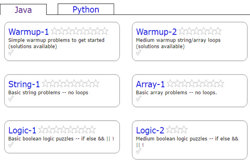
Coding bat
This site provides a range of exercises to practice coding and to build coding confidence in Java and Python.
